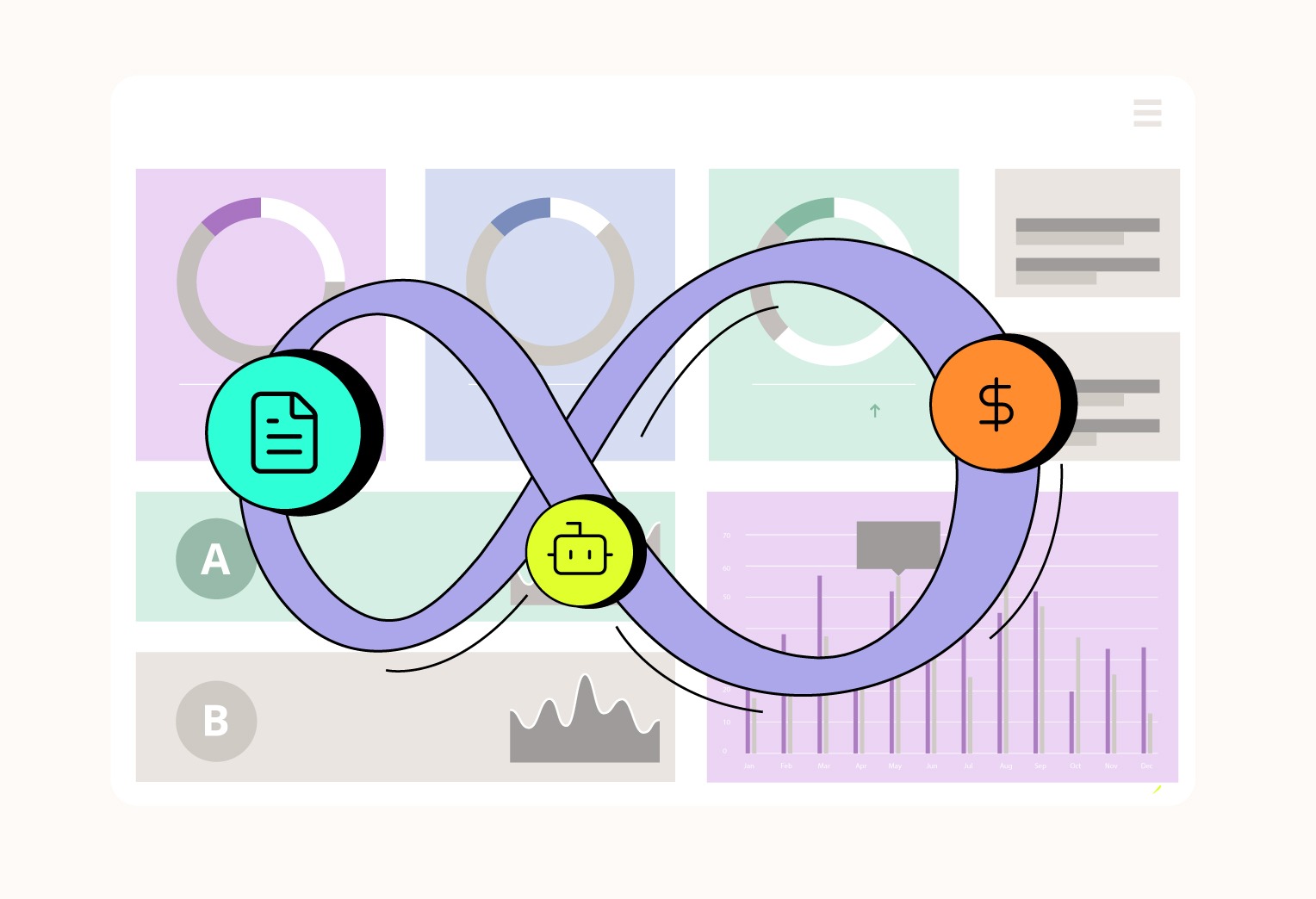Your finance team just spent another weekend manually downloading settlement reports from 50+ kitchen locations across quick-commerce apps, local vendors, and suppliers. By the time they reconcile last week's payments, new discrepancies have piled up. Meanwhile, stacks of handwritten receipts from local vegetable suppliers sit waiting to be entered into spreadsheets. Sound familiar?
The Quick Service Restaurant (QSR) boom has created a finance operations nightmare, especially when accounts payable reconciliation for thousands of everyday settlements is done manually, on spreadsheets.
The result? Delayed insights, missed payments, discrepancies, and dangerous cash flow blind spots.
The QSR Accounts Payable (AP) Complexity
What makes QSR finance different from traditional retail? For starters, QSR brands generate 99% of sales through online aggregators like Swiggy and Zomato. Add hundreds of SKUs across multiple brands, and the complexity multiplies fast.
Here's where it gets messy: Thousands of local vendors (many informal), volatile commodity prices, handwritten receipts, late GRNs from kitchen staff, manual three-way matching, and regulatory or tax requirements in certain countries make it nearly impossible to manage payables accurately at scale:
- Paper & email still dominate: Nearly 49.7% of invoices still arrive manually (paper/PDF/email). That drags cycle time and boosts errors.
- High processing friction: The average cost to process an invoice is $9.87, and the average cycle time is 10.1 days. About 20.7% of invoices become exceptions; straight-through processing averages 32.4%.
- Unstructured vendor payments: Not all vendors send structured bills. Store teams still face handwritten notes, cash slips, and photo receipts from local suppliers, repairs, and last-mile riders, which don’t map cleanly to POs/GRNs.
- Aggregator Complexity: Commission structures vary by platform and promotion, with delivery fees, co-funded promos, and contra entries buried in bulk settlement files that demand line-item reconciliation, all while navigating tax and regulatory implications.
- Operational Friction: Store teams raise goods-receipt notes late while purchase orders change mid-cycle, and volatile commodity prices (fresh produce, dairy, edible oil) make the classic three-way match (PO-GRN-Invoice) nearly impossible to maintain manually.
- Process Bottlenecks: Approvals sit trapped in email chains while bulk bank payouts happen with weak validations, leaving no systematic controls on duplicate payments and manual accruals that consistently lag behind actual store operations.
- Spreadsheet-heavy processing: Low straight-through processing (STP), which results in long cycle times, duplicate payments, and poor cash visibility.
The impact is staggering. Industry data shows finance teams achieve only 60-70% accuracy in their finance data. Payment discrepancies take weeks to identify, and by then, it's too late.
Most platforms won't address disputes older than 30 days, forcing CFOs to write off legitimate claims. Add the high team churn from tedious reconciliation work, and you have a recipe for operational chaos.
The Modern Solution: Purpose-Built Automation
New Age CFOs have found a solution in AI-powered automation to address the QSR AP operations complexities. Purpose-built finance automation platforms like Bluecopa feature capabilities like:
- Multi-Dimensional Reconciliation Engine: Automated reconciliation across Online vs. Offline Sales, Marketplace Sales vs. Settled amounts, Vendor Invoice vs. GRN, Delivery partner payouts, Returns, and Refunds—simultaneously at the transaction level.
- Intelligent JE Triggers: Auto-generate journal entries for Revenue Recognition, Commission Payouts, Returns/Refunds, Accruals, and Disputes based on transaction events, eliminating manual creation and errors.
- Pre-Filled JE Templates: Entries auto-populate with account mapping, cost centers, tax treatment, and multi-entity rules—ready for review, not creation.
- Maker-Checker Approval Workflows: Rule-based multi-level approvals with automated reminders, mandatory comments on manual entries, and mobile-first design keep flow moving without bottlenecks.
- Seamless ERP Integration: Auto-post validated entries to SAP, Oracle, Tally, or schedule batch posting. Exception queues prevent bad data from hitting the general ledger.
- Exception Highlighting: Flag erroneous entries, duplicates, and out-of-period postings before they hit the books with real-time alerts.
- Audit Readiness: Comprehensive logs, auto-updated dashboards, and compliance reports (GSTR-2B, TDS, vendor aging) keep you audit-ready, always.
The outcome? Near 100% data accuracy. Disputes identified and resolved within platform timeframes, not written off. Finance teams that focus on strategy instead of data entry. And scalability without proportional headcount growth.
Conclusion
QSR finance complexity isn’t going away, but manual AP reconciliation doesn’t have to be your reality. When AP runs at transaction depth, CFO's KPIs move in the right direction:
- Margin up (price variance caught, accruals accurate, promos properly netted)
- Cycle time down (straight-through matching, fast approvals, clean close)
- Cash clearer (working capital freed, discount captured, forecast reliable)
Bluecopa brings these controls, automations, and dashboards, all in a single platform and out of the box.
See how leading QSR brands are automating accounts payable at scale.
Take a Personalized Demo with Us!




.jpg)